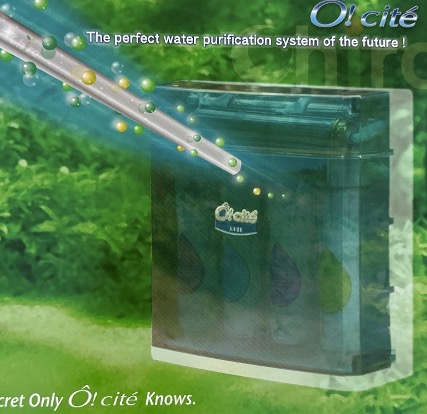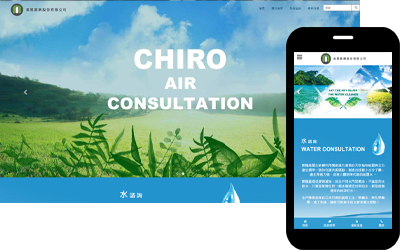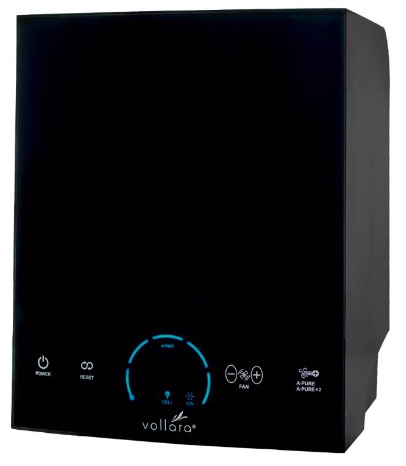

425.531.7488 (USA)

Contact Dr. Esther Cheng for the price and detail.
Improved blood circulation: FIR radiation can penetrate deep into the tissues of the body, promoting vasodilation (widening of blood vessels) and enhancing blood circulation. This increased circulation can deliver more oxygen and nutrients to the cells and remove waste products more efficiently.
Pain relief: FIR radiation has been shown to have analgesic (pain-relieving) effects. It can help reduce muscle and joint pain by improving circulation, reducing inflammation, and relaxing tense muscles. FIR therapy is often used for conditions such as arthritis, fibromyalgia, and sports injuries.
Detoxification: Sweating is one way the body eliminates toxins. FIR saunas or heat therapy can induce sweating at lower temperatures compared to traditional saunas, as FIR radiation can penetrate deeper into the skin. This can aid in the detoxification process by promoting sweating and helping to remove toxins from the body.
Relaxation and stress reduction: Exposure to FIR radiation has been reported to induce relaxation and a sense of well-being. It can help reduce stress levels and promote a calm and relaxed state of mind. FIR therapy is often used in spas and wellness centers for its relaxation benefits.
Improved immune function: Some studies suggest that FIR radiation may help stimulate the immune system. It can potentially enhance the production of white blood cells, which play a crucial role in defending the body against infections and diseases. Therefore, We should get the FIR mechine at our live environment to promote our health.
Second, I would like to talk about the air.
It can be as small as a sneeze from someone around you, new pungent paint from neighbors, as large as a wildfire in the forest, a grade 3 earthquake, a storm, tornado, and even the resurgence of the COVID-19 virus until today...etc. , have made us aware and awakened that the air we breathe is no longer safe. How to create a healthy and safe living space, air purifiers become the first choice for air quality.
Air filters with negative ion generators are designed to improve indoor air quality by releasing negatively charged ions into the air. These negative ions attach themselves to airborne particles, such as dust, allergens, mold spores, and other pollutants, causing them to become heavier and fall to the ground or be attracted to positively charged surfaces. Here are some potential benefits associated with air filters equipped with negative ion generators:
Improved air purification: Negative ions help to neutralize and remove harmful airborne particles from the air. By attaching to these particles, the ions increase their weight and size, making it easier for air filters to capture and trap them. This process enhances the overall effectiveness of the air filtration system.
Reduction of allergens and asthma triggers: Negative ions can be effective in reducing allergens and asthma triggers, such as pollen, pet dander, dust mites, and mold spores. By removing these particles from the air, individuals with allergies or asthma may experience a decrease in symptoms and enjoy cleaner, healthier air.
Odor elimination: Negative ions can also help eliminate odors from the air. They can neutralize and break down odor-causing molecules, such as those from smoke, cooking, pets, and volatile organic compounds (VOCs). This can lead to fresher-smelling indoor environments.
Mood enhancement and stress reduction: Negative ions have been linked to improved mood and increased relaxation. They can potentially stimulate the release of serotonin, a neurotransmitter associated with feelings of well-being and happiness. Some people report feeling more energized, less anxious, and less stressed in environments with higher levels of negative ions.
Increased mental clarity and concentration: It has been suggested that negative ions can improve mental clarity, focus, and concentration. Some studies indicate that they may increase oxygen flow to the brain, which can enhance cognitive function and productivity.
Third, I would like to talk about the drinking water.
Drinking tap water can generally be safe and is regulated in many countries to ensure its quality. However, there are potential risks associated with tap water that can vary depending on the region and specific circumstances. Here are some potential risks to consider:
Contaminants: Tap water can contain various contaminants, including bacteria, viruses, parasites, chemical pollutants, heavy metals, and agricultural runoff. Most of these contaminants are regulated and maintained at safe levels by water treatment facilities. However, occasional incidents such as water supply contamination, infrastructure issues, or natural disasters can compromise water quality.
Microorganisms: While tap water is typically treated to kill harmful microorganisms, there is still a possibility of bacterial, viral, or parasitic contamination. Inadequate treatment or issues with the water distribution system can result in the presence of pathogens that can cause waterborne illnesses such as gastroenteritis, cholera, or giardiasis.
Chlorine and disinfection by-products: Water treatment facilities often use disinfectants like chlorine to kill harmful microorganisms. While chlorine is effective in disinfection, it can react with organic matter in the water and form disinfection by-products (DBPs). Some DBPs, such as trihalomethanes (THMs), may have potential health risks with long-term exposure, including an increased risk of certain cancers.
Lead and other heavy metals: Older plumbing systems or infrastructure made of lead or copper can introduce heavy metals into tap water. Lead is a particularly concerning contaminant as it can have detrimental effects on neurological development, especially in infants and young children. Regular testing and proper maintenance of plumbing systems can help mitigate this risk.
Pesticides and chemicals: Agricultural activities and industrial processes can lead to the presence of pesticides, herbicides, and other chemicals in water sources. These contaminants can have adverse health effects if present in high concentrations or long-term exposure.
Here, I would like to introduce the Chiro drinking water mechine to you. The one is not just purified the water also comes with engergy tube. Chiro life energy tubes use all-natural plant energy along with jade stones, to reduce the size of water clusters. This creates energy water that has a maintained frequency of united mesomerism movement, strong penetration, and can improve human metabolism. Chiro Energy water use micro cluster. Experimental results shows that the smaller the molecule formation, the tastier the water, and the healthier it is for the body. Water consumed by the inhabitants of the village of longevity in Japan is composed of very small molecule groups of approximately 80 hertz in size, whereas tap water and rainwater are 120 hertz; pure water within the laboratory can range as high as 150 hertz or more. By contrast, Chiro Energy water consists of water molecule groups of only 49 hertz, thus increasing the growth of new cells in the human body, enabling better metabolism, and improving water's ability and capacity of oxygen absorption. Chiro Energy water: moderate oxidation reduction potential. For tasty and healthy water, the oxidation reduction potential is at approximately +100 mV. Excessive oxidation within the human body can cause cancer and many other slow-developing diseases. When the oxidation reduction potential is low, water will not spoil as easily and can purification more effectively. Tap water, due to heavy pollution, can have an oxidation reduction potential as high as +485 mV. By contrast, Chiro Energy water has an oxidation reduction potential of +70mV.
The taste of life comes from the attention to the detail. For us, when the body is not healthy, longevity is relatively embarrassing and challenging. Mastering that we can master and well-prepare today and entrust tomorrow to God is the real open-minded life of optimism and active. Do you agree? God bless you.


